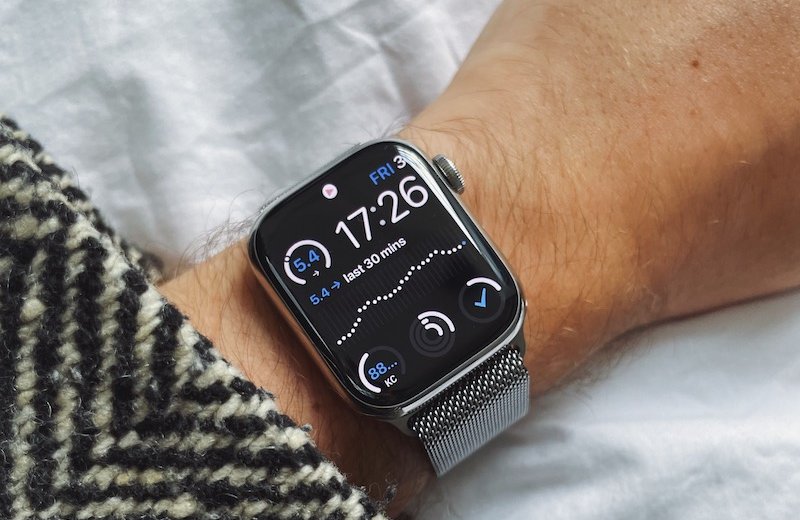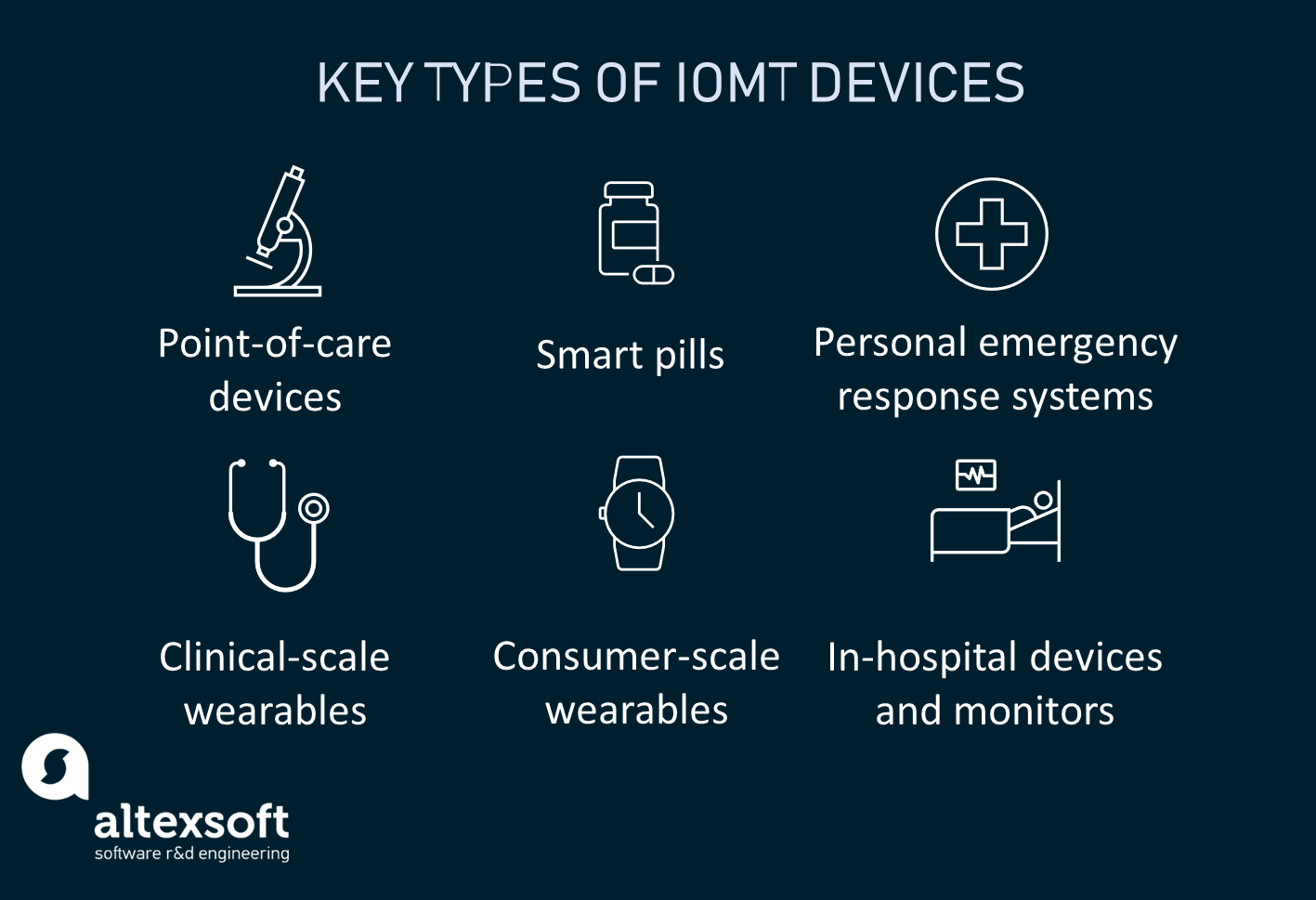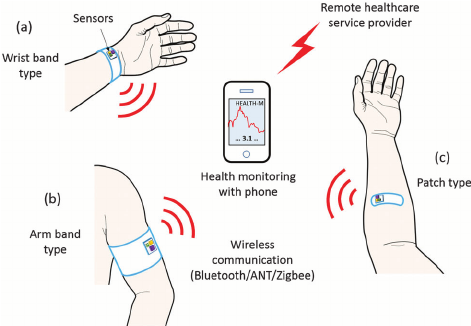The Internet of Medical Things (IoMT) and Wearable Devices: The Future of Early Diagnosis and Monitoring of Chronic Diseases

The Internet of Medical Things (IoMT) is a network of medical devices, sensors, and software that collects and shares health data. Wearable devices are a type of IoMT device that can be worn on the body to collect data about the wearer’s health.
IoMT and wearable devices have the potential to revolutionize the way we diagnose and monitor chronic diseases. By collecting data about a person’s health over time, these devices can help to identify early signs of disease and make it easier to manage chronic conditions.

How IoMT and Wearable Devices Can Help to Improve Early Diagnosis
Chronic diseases such as heart disease, diabetes, and cancer are often silent in the early stages. This means that people may not know they have a disease until it is too late. IoMT and wearable devices can help to identify early signs of disease by collecting data about a person’s health on a regular basis.
For example, a wearable device that tracks heart rate can be used to identify irregular heartbeats, which can be a sign of heart disease. A device that tracks blood sugar levels can be used to identify people who are at risk for developing diabetes. And a device that tracks sleep patterns can be used to identify people who are not getting enough sleep, which can increase the risk of chronic diseases.

How IoMT and Wearable Devices Can Help to Improve Disease Management
Once a person has been diagnosed with a chronic disease, IoMT and wearable devices can be used to help them manage their condition. These devices can track a person’s health data and provide them with feedback on how to improve their health.
For example, a person with diabetes can use a wearable device to track their blood sugar levels. The device can then send alerts if the person’s blood sugar levels are too high or too low. This can help the person to adjust their medication and diet to keep their blood sugar levels under control.

The Future of IoMT and Wearable Devices in Healthcare
IoMT and wearable devices are still in their early stages of development, but they have the potential to revolutionize the way we diagnose and monitor chronic diseases. As these technologies continue to develop, they are likely to play an increasingly important role in healthcare.
In the future, IoMT and wearable devices could be used to create personalized healthcare plans for each individual. These plans would be based on the person’s unique health data and would help them to prevent, diagnose, and manage chronic diseases.
IoMT and wearable devices could also be used to create virtual healthcare communities. These communities would bring together people with similar health conditions so that they could share information and support each other.
The potential of IoMT and wearable devices in healthcare is vast. These technologies have the power to improve the lives of millions of people by helping them to live healthier lives.
Here are some of the challenges and limitations of IoMT and wearable devices:
- The cost of these devices can be prohibitive for some people.
- The data collected by these devices can be sensitive and must be protected from unauthorized access.
- The accuracy of the data collected by these devices can be affected by factors such as environmental conditions and the user’s behavior.
- These devices can be inconvenient to wear and use, and some people may not be comfortable with the idea of being constantly monitored.
Despite these challenges, IoMT and wearable devices have the potential to revolutionize the way we diagnose and monitor chronic diseases. As these technologies continue to develop, they are likely to play an increasingly important role in healthcare.



